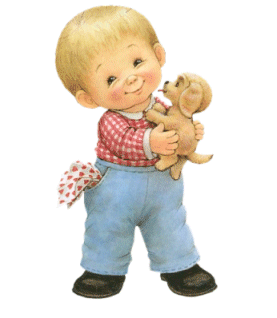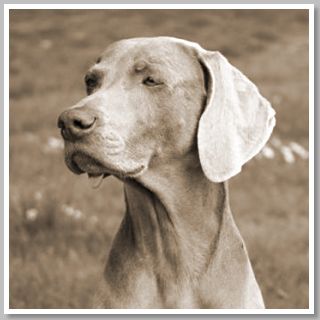|
|
||||||||||
The Weimaraner is a tall, rangy dog, somewhat larger than the other members
of his group. The colour of his eyes, ranging from shades of amber into blue-grey, is very
different from that of the great majority of breeds, but tones in with the very unusual grey of his short sleek coat.
Grooming, as with most smooth-coated dogs, is relatively simple. There is also a longhaired variety with hair length up to
five centimetres (two inches). The powerful stride of a Weimaraner, like that of many thoroughbreds, gives those who recognise
it a great deal of pleasure.
With his striking
grey coloration and his light eyes, the Weimaraner has increased in popularity with the shooting fraternity and, at the same
time, has found a lot of friends as a companion dog. In his early days in Britain there were occasions when his temperament
was somewhat stand-offish, but this is now showing a definite improvement.
The
Gundog Breed Group
Dogs that were originally trained to find live game and/or to retrieve game that had been shot and wounded. This group is divided into four categories - Retrievers, Spaniels, Hunt/Point/Retrieve, Pointers and Setters - although many of the breeds are capable of doing the same work as the other sub-groups. They make good companions, their temperament making them ideal all-round family dogs.


